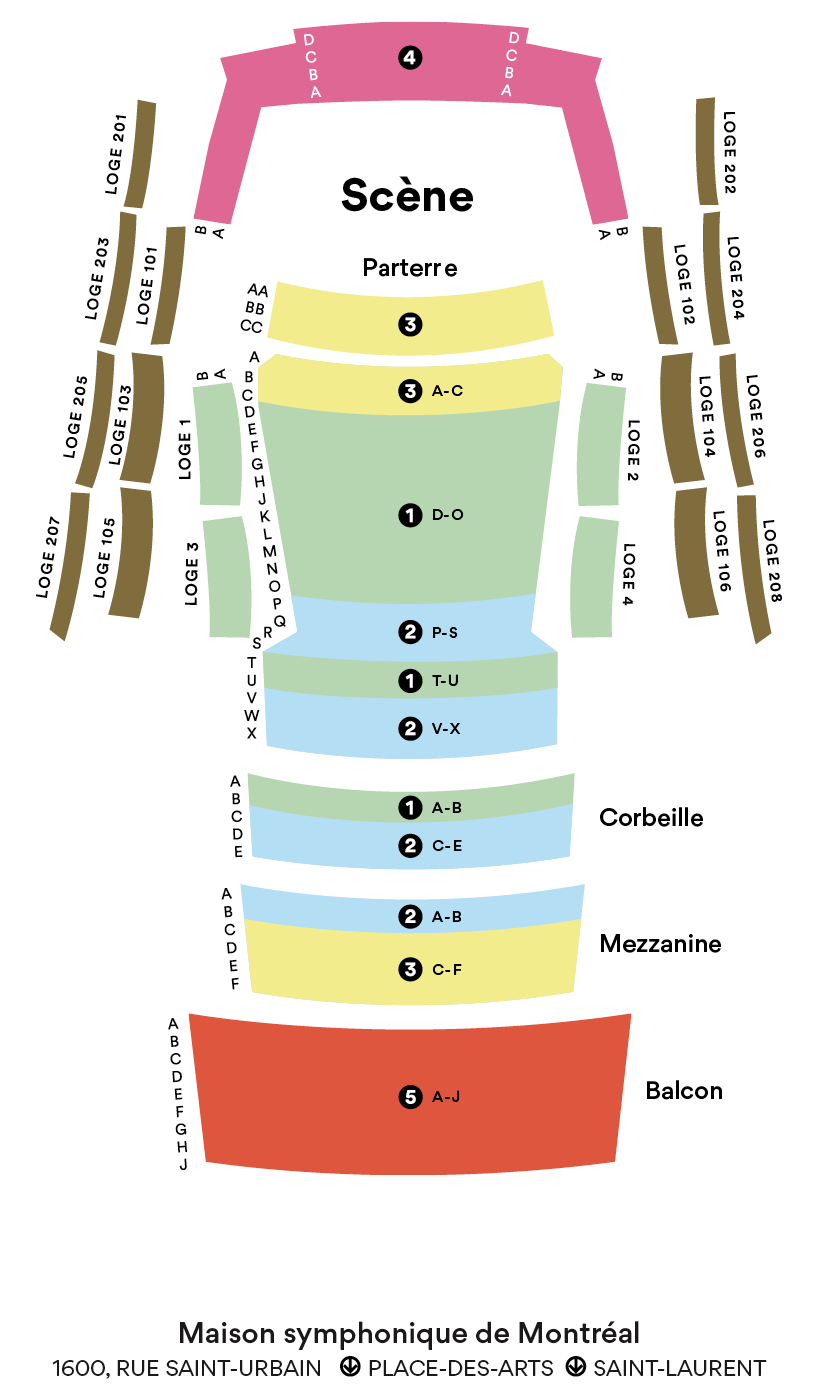Violin Concerto
Khachaturian
1903 – 1978
Working with music under the Soviet regime was a dangerous affair and many composers—among them Shostakovich—found themselves in dire straits. In the regime’s tightly controlled media and cultural world, composers walked on eggshells to ensure the safety of their families and close contacts, often risking the integrity of their musical creativity.
Khachaturian, nevertheless, succeeded in incorporating the melodies of his native Armenia into his music. Divided for centuries between Russian and Ottoman domination, this region of the Caucasus was annexed as a Soviet republic in 1920. Until his eighteenth year, the composer was immersed in the exuberant melodies of Armenian, Georgian and Azerbaijani music, the colours of which he would later revisit. In 1922, he left his native Armenia to study piano in Moscow, where he also took composition classes.
In the 1930s, Khachaturian’s career quickly ascended. Prokofiev, who was already world-renowned, showered him with praise for his Trio for Clarinet, Violin and Piano. His Piano Concerto was dedicated to the famous pianist Lev Oborin… But it was his Violin Concerto, dedicated to David Oistrakh, that consolidated his international reputation in 1940 and brought him to the attention of leaders in the USSR, who awarded him the Stalin Prize.
“There is too much ugliness and despair in the world for us to let it invade our art.”
– Aram Khachaturian
Khachaturian possessed a generous temperament in addition to great gifts as an orchestrator and conductor. He succeeded in establishing himself as one of the official composers of the Soviet Union, a privileged position under the regime. Despite the political pressure inherent in such a role, he was always able to highlight the culture of his people in his music. He himself described this music as “beautiful in itself, neither great nor small, but simply beautiful, open, fulfilled, happy to be alive”.
The Violin Concerto is, in fact, a work of unbridled energy: the extreme virtuosity of the solo violin part, the modal melodies played fortissimo by the orchestra and the dancing rhythms supported by off-beats capture the audience’s attention at every turn. The first movement takes its inspiration from a piece entitled “Tea for Two” (1924) by Broadway composer Vincent Youmans. The song, covered by Doris Day in the 1950 film of the same name, was well known in the USSR, having been translated and incorporated into an operetta by Boris Fomin in 1926. The second movement is inspired by Joaquín Rodrigo’s Concierto de Aranjuez (1939). Over a melancholy waltz rhythm, the violin dominates with great expressiveness and a quality of overwhelming sentimentality. The movement concludes with an ascending scale motif played by the whole orchestra before transitioning to the wild dance which forms the third movement.
